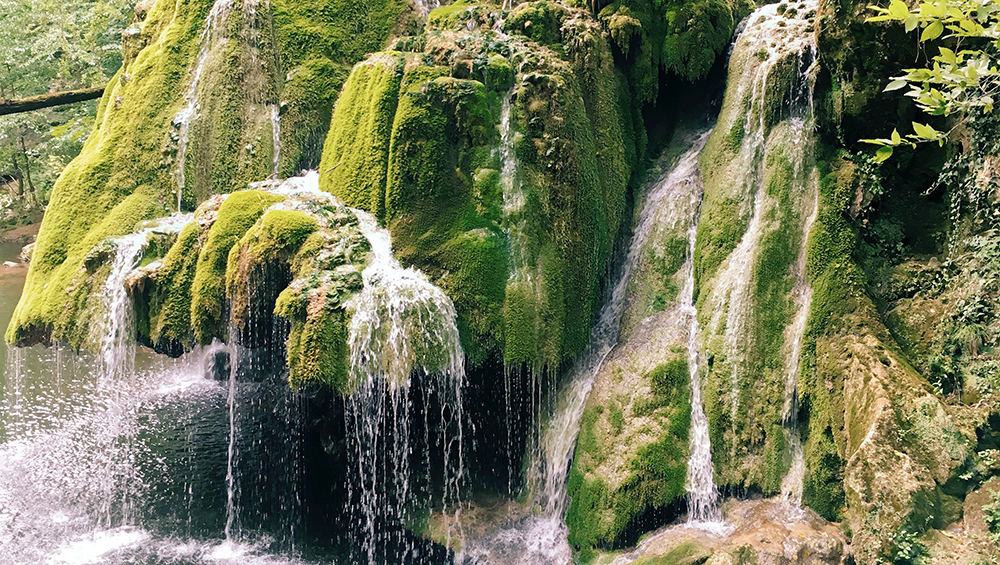II.2. Where the water can be found ?
The Hydrosphere is the water cover of the Earth, being formed by oceans, seas, lakes, rivers, groundwater, glaciers and represents 70% of the total surface of our planet.

Of all the water on Earth, only 3% is fresh water, from glaciers, groundwater and other sources (lakes, atmosphere, soil).
Earth water records:
-
The longest river in the world is the Nile of 6670 km.
-
The deepest water is the Pacific Ocean, in the Marianas Pit which reaches 11022 m.
-
The largest lake is the Caspian Sea with an area of 371000 km2.
-
The highest waterfall in the world is the Waterfall of the Angel (Salto Angel), from Venezuela with a height of 972 m.
-
The saltiest water in the world (9.6 times saltier than the planet's ocean) and with the lowest altitude on the globe (427 m below sea level) is the Dead Sea in Jordan.
Water in nature is found in all three states of aggregation:
-
solid (snow, ice);
-
liquid (oceans, seas, lakes);
-
gaseous (water vapor in the atmosphere).
Drinking water is sweet water that is microbiologically pure (which does not contain viruses, bacteria, fungi, streptococci and other microorganisms that can make us sick) and which does not contain toxic substances (heavy metals, pesticides, etc. ).
🔦 Observație
How does river water become drinkable?
For example, Apa Nova, which provides drinking water in Bucharest, takes the following steps:
_Step 1: Water capture: _ draws water from the rivers Argeș and Dâmbovița with the help of several catchments.
_Step 2: Waste cleaning: _ at the first meeting, near the catchment areas, water abounds in branches, leaves, insects and a lot of waste, large and small, brought by rivers. Most of them stop in the filter grids, the first tools responsible for waste disposal.
_Step 3: Removal of impurities: _ in the water taken there are impurities invisible to the naked eye. To remove them, add a coagulant that forces them to stick together in the form of vials. Once collected on the bottom of the b asin, the bottles are much easier to collect and withdraw from the water.
_Step 4: Filtration: _ use sand filters that retain and remove every last visible particle of impurity.
_Step 5: Ozone: _ ozone eliminates bacteria and viruses. In contact with water, ozone decomposes organic matter and considerably improves its color and taste.
_Step 6: Chlorination: _ chlorine is added, in carefully established concentrations, both at the exit of the water from the treatment plant and at different points of the network. Thus, the bacteria are kept at a distance, and the quality of the water along its path to consumers remains intact.
_Step 7: Water storage and distribution: _ The water is stored in tanks and transported to the destination, through a network of aqueducts and main pipes.